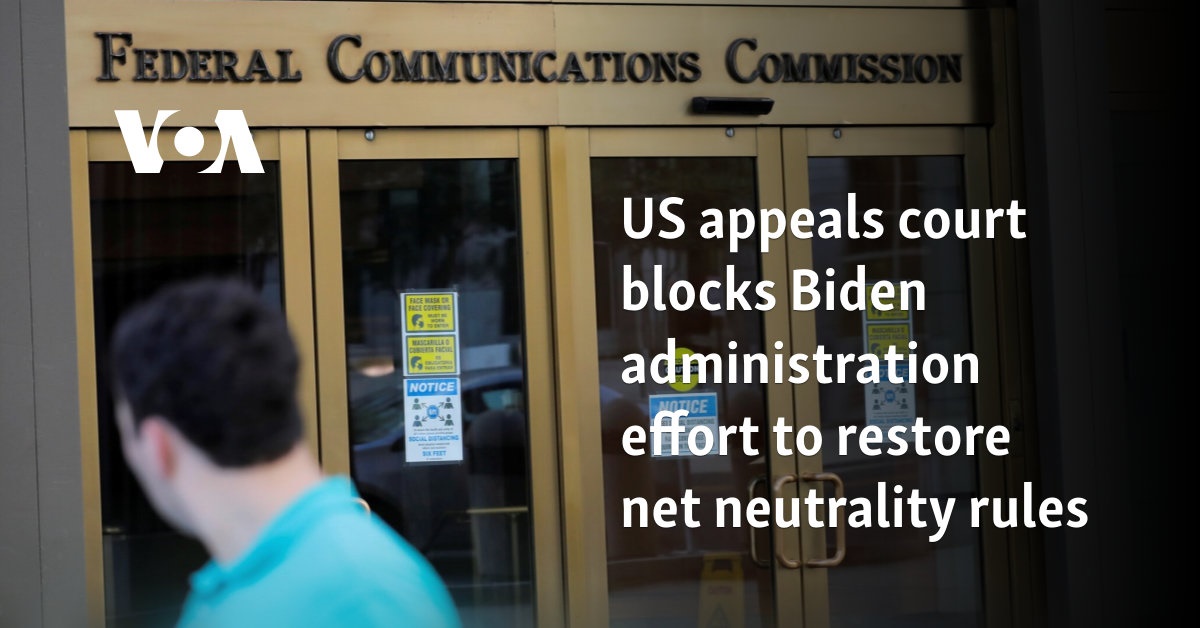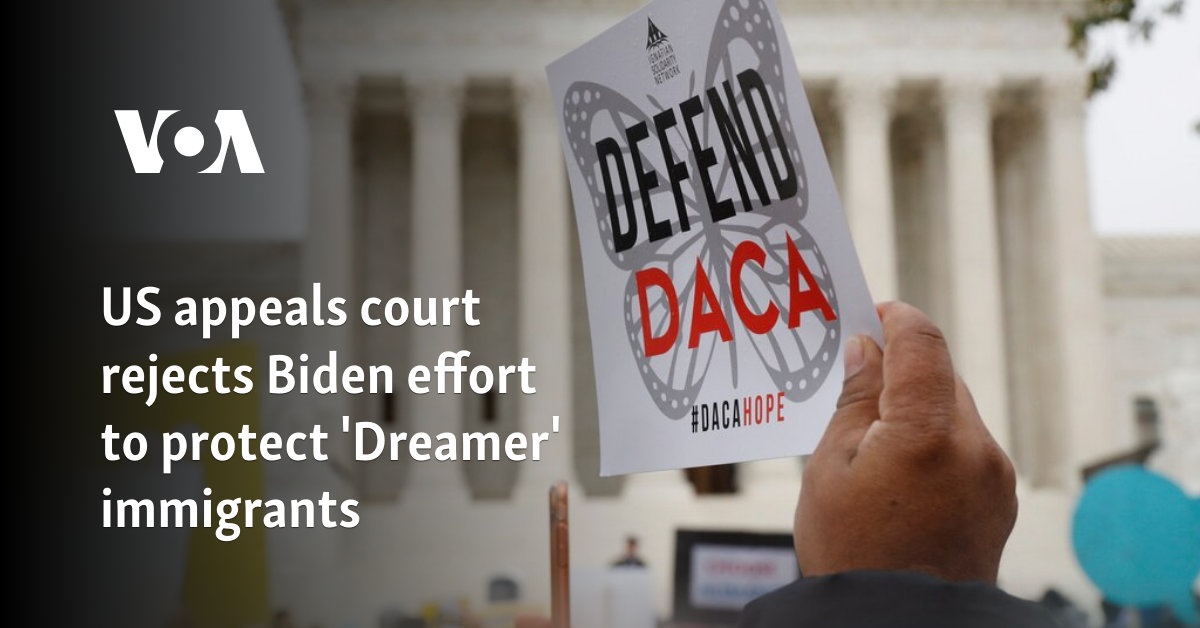Not how Article 2 stipulates impoundments or rescissions:
, of the U.S. Constitution: Analysis and Interpretation

law.justia.com
“Policy” impoundments were to be reported to Congress by the President as permanent rescissions and, perhaps, as temporary deferrals.
721 Rescissions are merely recommendations or proposals of the President and must be authorized by a bill or joint resolution, or, after 45 days from the presidential message, the funds must be made available for obligation.
722 Temporary deferrals of budget authority for less than a full fiscal year, as provided in the 1974 law, were to be effective unless either the House of Representatives or the Senate passed a resolution of disapproval.
723 With the decision in
INS v. Chadha,
724 voiding as unconstitutional the one-House legislative veto, it was evident that the veto provision in the deferral section of the Impoundment Control Act was no longer viable. An Administration effort to utilize the section, minus the veto device, was thwarted by court action, in which, applying established sever-ability analysis, the court held that Congress would not have enacted the deferral provision in the absence of power to police its exercise through the veto.
725 Thus, the entire deferral section was inoperative. Congress, in 1987, enacted a more restricted authority, limited to deferrals only for those purposes set out in the Anti-Deficiency Act









